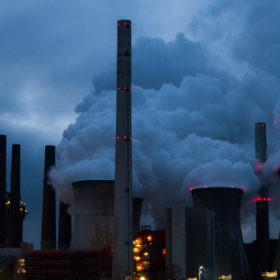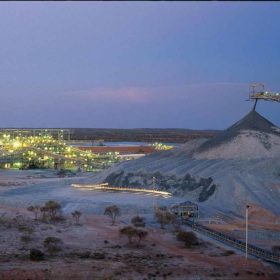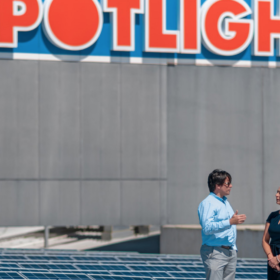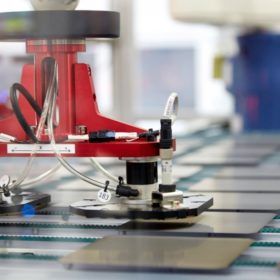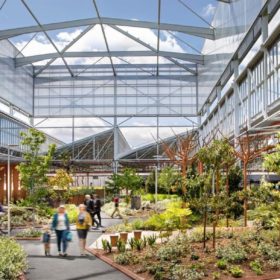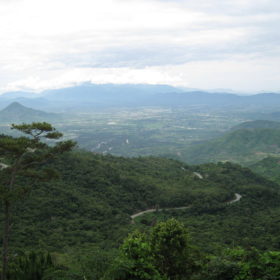Industry Super Investment report warns lack of energy policy thwarting investment
Australian super funds have called out for “comprehensive” and “long term” energy policy to be put in place in order to unlock investment in the electricity sector. The Industry Super Funds (ISA) and the Group Super Fund made the call in its Modernising Electricity Sectors report, released earlier this month.
Australia poised to become one of the world’s largest polluters as emissions surge
Studies, reports and data continue to pile up, showing Australia is falling behind its international climate commitments. What is more, the nation is on track to become a global emissions superpower, and could be responsible for up to 17% of global emissions by 2030, according to new research. Another report shows Australia’s greenhouse gas emissions surged again in the first quarter of 2019 as the downward trend in the electricity sector reversed and fugitive emissions from the LNG industry reached record high.
Smart Energy Council pushes for a NO vote on Battery Standard AS/NZS 5139
Standards Australia has progressed AS/NZS: 5139 draft battery standard to the ballot stage for committee voting. The Smart Energy Council (SEC) believes the draft standard, while required to meet the needs of the fast growing battery segment, is not sufficiently thorough in addressing safety concerns.
Queensland government opens funding for new hydrogen projects
Applications are now open for the Queensland government’s $15 million Hydrogen Industry Development Fund, which will support sustainable and renewable hydrogen projects across the state.
Battery sector heeding findings of independent testing
Intensive testing has exposed a range of faults in both lithium-ion and lead-acid batteries and battery management systems. ITP Renewables shares some key findings from its testing program and findings and how its program is providing valuable feedback to suppliers and the wider industry.
2019 shaping as watershed year for renewables in resource sector
As one of the most energy-intensive industries, the resource sector is getting serious about integrating cheap wind and solar energy into its mix to boost bottom lines. Although still predominantly underpinned by gas or diesel, mine operations are increasingly deploying hybrid solutions pointing to the potential of the sector transitioning to 100% renewables – particularly as momentum builds for green hydrogen to play a role in future microgrids.
EnergyAustralia integrates solar PV into its C&I offering
EnergyAustralia has acquired a 49% stake in the Echo Group of companies which tailors energy efficiency solutions and solar installations for commercial and industrial energy consumers.
Long read: Patently disruptive
Australia has become the latest front in South Korean company Hanwha Q Cells’ legal battle against three competitors – JinkoSolar, Longi Solar, and REC Group – that it claims have infringed its patent on a particular aspect of passivated emitter and rear cell (PERC) technology. Among many speculations is the idea that the case splits layers with an indefensible claim, perhaps seeking to strategically impose a slowdown on Hanwha’s rivals.
ZEN Energy readies to build 2.3 MW rooftop solar array at Tonsley
The first phase of a 6 MW solar array planned to power a former car manufacturing site at Tonsley in Adelaide will be delivered by ZEN Energy. The solar installation will ultimately work in conjunction with on-site battery storage and smart technologies as part of Enwave Australia’s Tonsley District Energy Scheme.
Vietnam overtakes Australia in commissioned utility PV following June FiT rush
Norwegian consultancy Rystad Energy has placed Australian and Vietnamese solar markets side by side and found the Southeast Asian country has left Australia behind in terms of commissioned utility-scale PV capacity. A staggering 4,460 MW of connected PV capacity in Vietnam at the end of June came as a surprise to many.

